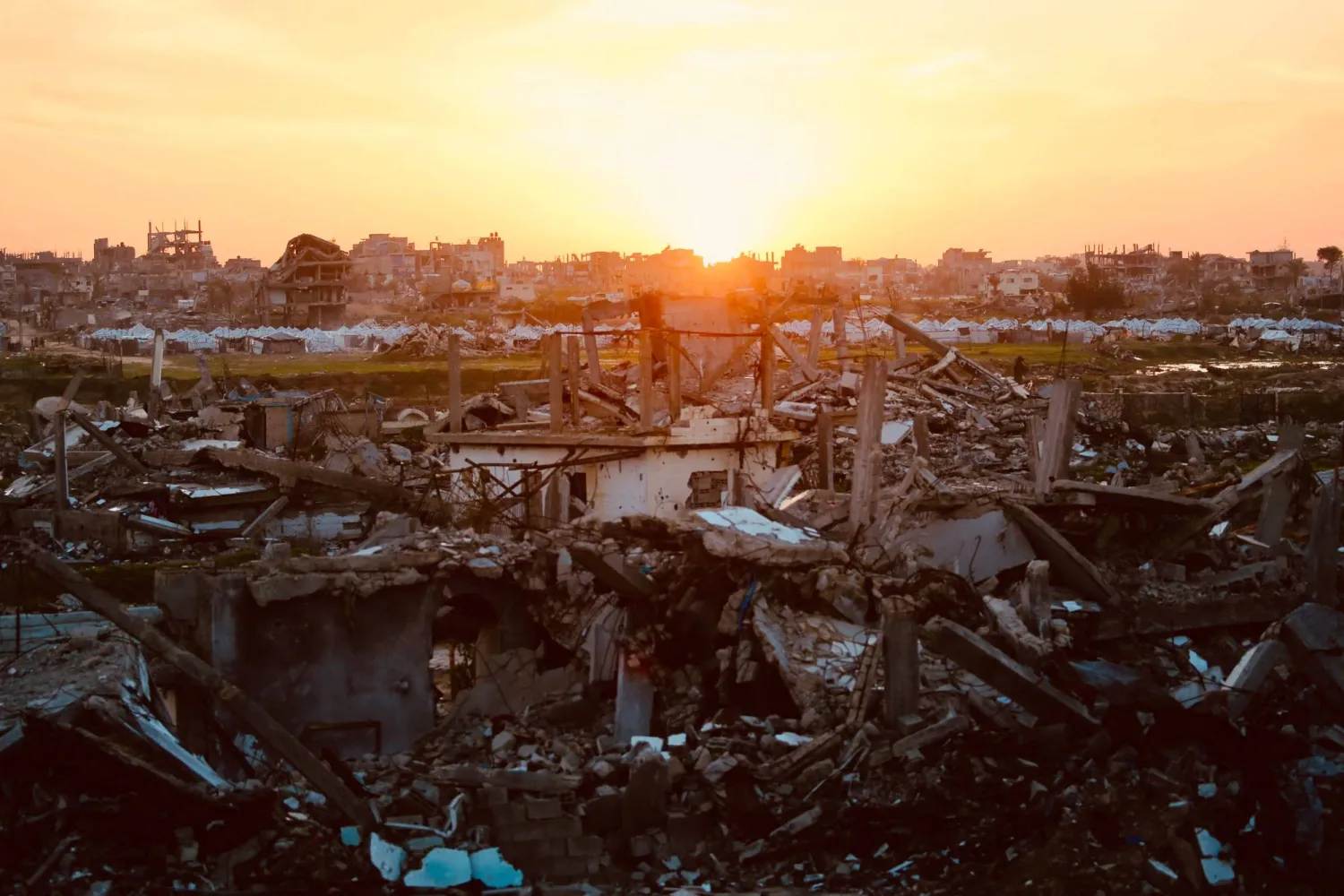US Special Envoy for the Horn of Africa Mike Hammer will attend the 41st Extraordinary Summit of the Inter-Governmental Authority on Development (IGAD) Assembly Heads of State and Government in Sudan and meet with Djiboutian officials.
The US Embassy in Sudan announced that Hammer will support regional and international efforts in Sudan to end the conflict, promote a democratic transition, press for unhindered humanitarian access, and support justice and accountability for victims of the violence.
According to the statement, the Ambassador will participate in the Doha Forum and discuss regional and international efforts with Qatari officials to end the ongoing violence in Sudan and advance stability in the Horn of Africa.
Hammer is also scheduled to visit Ethiopia and intends to meet with African Union (AU) officials to coordinate efforts on Sudan and other regional priorities.
- Gebeyehu-Hammer
IGAD Executive Secretary Workneh Gebeyehu met with the US envoy on Friday ahead of the 41st Extraordinary Session of the IGAD Assembly in Djibouti.
They discussed issues of common concern and the partnership contributing to regional development, peace, and security.
The Personal Envoy of the UN Secretary-General to Sudan, Ramtane Lamamra, will also participate in the summit.
During his visit to Djibouti in November, the head of the Sudanese Sovereign Council and the army commander, Abdel Fattah al-Burhan, agreed with the IGAD secretary to hold an emergency summit to develop a clear road map to end the crisis.
- Salva Kiir - Hamdok
South Sudan Prime Minister Salva Kiir Mayardit met with Sudan’s former premier Abdullah Hamdok in UAE. The meeting discussed peace and stability in Sudan.
South Sudan’s Minister of Presidential Affairs, Joseph Bakosoro, said that the meeting focused on finding a peaceful settlement to the current crisis in Sudan.
- The division of Sudan
In the meantime, the leader of the Forces of Freedom and Change, Khalid Omar Yousif, warned of the worst scenario that may face the country in light of the ongoing war between Sudan’s National Army and the Rapid Support Forces (RSF) since last April.
Yousif said in a political forum on the Clubhouse application that the negotiated political solution is the only way to end the war. Otherwise, the country could face worse scenarios, such as the division of Sudan into failed states and turning the country into a hotbed for terrorist groups.
He asserted that the peaceful, negotiated solution is highly complex and may succeed or fail, pointing out that the continuation of the war will lead to the destruction and collapse of Sudan.









